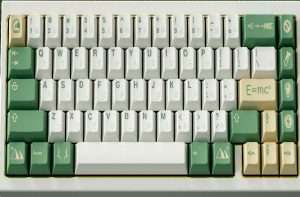Characteristics of A Data Warehouse (DWH) Explained!

There are four major characteristics of a data warehouse, which are Topic orientation, data integration, Time-period reference, and non-volatility of data.
- Topic Orientation:
The dispositive data in the warehouse are explicitly oriented towards the business interests of the company/management.
Therefore, the external data is stored and become transformed into a warehouse. For example, the data will be transformed from the customer’s point of view to business insights for the company.
- Data Integration:
When data are extracted from the different operative and external sources, they can be merged in the Data Warehouse.
- Time Period Reference:
What this means is that data in operational source systems will be stored in a transaction-oriented manner, thus, it’s time-related
Each data set in DWH usually represents a time period, which could be a day, a week, or a month.
- Non-volatility:
Data in the DWH is stored permanently and can be culled for analysis anytime. The WareHouse data is typically not altered, overwritten, or deleted.
Subcomponents of a DWH Architecture
Usually, an enterprise-specific DWH concept consists of a conglomerate of different planning data storage systems that differ primarily in their degree of aggregation and application orientation.
i. Most approaches rely on Core Data Warehouse (C-DWH). It is usually filled via ETL processes (extraction, transformation, loading) directly from the operative internal and external source systems.
It can also be filled from upstream Operational Data Stores (ODS).
C-DWHs are basically relational data storage systems and can handle high data volumes in terabytes.
ii. Kindly note that Core DataWarehouses are not usually used directly for analysis but are primarily used to fill data marts.
Data marts are the smaller data pools that are set up for a small group of users and are oriented to their field of application.
iii. As a preliminary stage of a C-DWH, an Operational Data Store (ODS) contains current, transaction-oriented data from multiple source systems.
It now makes it available as insights for analysis and decision. It can also be used in other special applications.
ODS does not have any mechanisms for creating histories, which means that an Operational data store, unlike a Data Warehouse, primarily represents a time-related, volatile data store.
An ODS can thus form a preliminary stage of a DWH and at the same time function as a consistent data source for business process-oriented application systems that integrate historically grown, mostly functionally oriented IT landscapes at the data level.
Conclusion
A data warehouse is a data storage location that is now preferred by businesses. Regulatory bodies are even advising and in some industries, enforcing businesses to implement DWH.
Data analysis towards making decisions that improve your businesses can be achieved with this technology, it’s more than a necessity to store your data in the warehouse as a big vendor.






